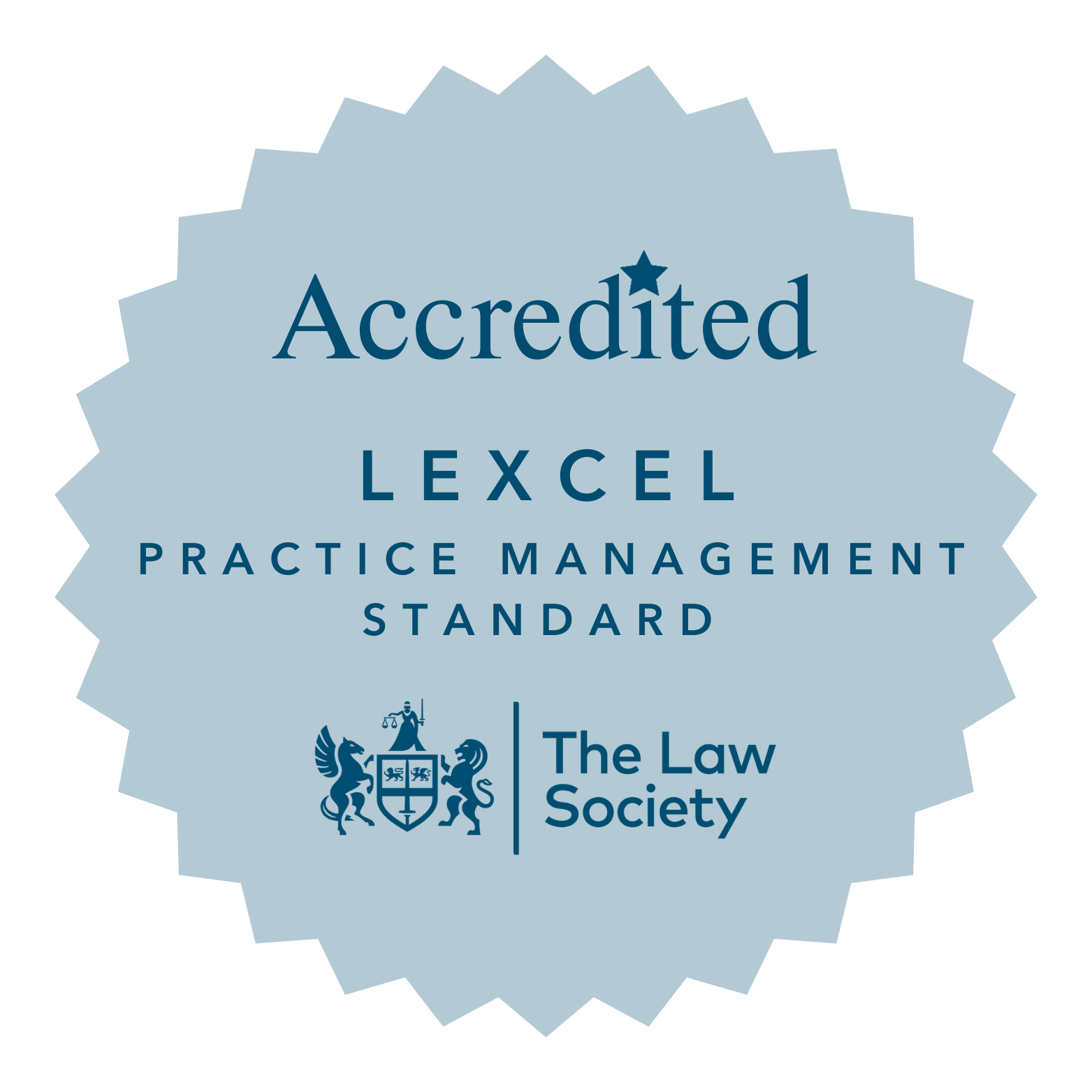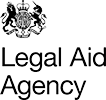Your Rights To Light And Air Above And Around Your Property

Most of us take the right to light for granted…until it is suddenly obstructed. And with 66 million souls living (and in some areas crammed) on an island almost three times smaller than Texas, it does not take much to trigger a property dispute regarding the right to light. And when it comes to air rights, few commercial property owners know that they may have an asset in the sky above their property that space-hungry developers would love to purchase.
Right to light
Right to light disputes do not only occur in densely populated cities – some of the most bitter arguments involve those living in idyllic villages with stunning English country gardens. Trees and shrubs provide the privacy craved by most homeowners; however, left to meander upwards unchecked, they can leave neighbours cast in permanent shade.
The right to light is a type of easement. An easement is where one property benefits from a right enjoyed over land belonging to someone else.
A right to light easement is the right to enjoy the natural light that goes over someone else’s land and enters via defined spaces in a building such as windows, skylights, and glass roofs. Once a right to light has been established, the benefiting building can expect to continue receiving the light required for it to be used for its normal purpose.
One way to understand a right to light is to see what it is not:
- Unbuilt on land cannot attract a right to light. A building must be present that benefits from access to light.
- The right to light does not mean you have a right to direct sunlight.
- You cannot argue under the principles of the right to light to resolve a dispute regarding the blocking of a view from your property or being overlooked or interfering with privacy.
- The right to light does not have to be consistent – the test is whether the obstruction blocks light to an extent that the building cannot be used for its normal and ordinary use.
Most rights to light are established under the Prescription Act 1832 which provides that a right to light is acquired if it has been enjoyed uninterrupted for 20 years and without written consent. Both freeholders and tenants can claim a right to light.
To make a successful claim, you need to establish that the loss of light amounts to a nuisance. Evidence must show that your property has been made considerably less comfortable and convenient than before due to the reduction in light.
The law relating to the right to light has become rather muddled and clearly needs clarification, especially given the Government’s drive to construct hundreds of thousands of new properties over the coming years. In 2014, the Law Commission published its final report, Rights to Light (Law Com No 356), recommending among other things that a procedure allowing landowners to prevent their neighbours from acquiring rights to light by prescription should be developed and a statutory test to clarify when courts may order damages to be paid, rather than halting development or ordering demolition.
At the time of writing the Government had not implemented any of the Law Commission’s recommendations.
Right to air
For centuries, the right to air was governed by the Latin maxim: Cuius est solum, eius est usque ad coelum et ad inferos (“Whoever owns the soil, it is theirs up to Heaven and down to Hell.”).
Air rights are a type of development right and as such are extremely valuable to landowners and developers for whom, due to lack of urban space, the only way is up.
A property has air rights if either:
- it is vacant
- the improvements on the property are smaller than state and local laws permit
Commercial property owners often sell the air rights above retail premises that are not being used by the businesses below. This provides developers with an opportunity to create residential homes in prime urban locations. Lightweight modular housing design and green roof technology have opened up the potential for new developments in some of the country’s most expensive and popular postcodes.
Final words
Easements and development rights are complex areas of law. Given that the law relating to the former is governed by legislation enacted during the reign of King William IV, and to benefit financially from the latter requires intense negotiations with multiple stakeholders, as well as issues regarding safety, security, fire risk, and structural disturbance, matters regarding either require an investment in specialist legal advice.
To find out more about rights to light and air, please contact our Property Solicitors on 02476 231000 or email enquiries@askewslegal.co









